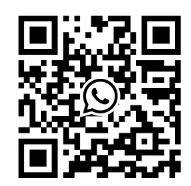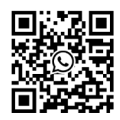
Privacy statement: Your privacy is very important to Us. Our company promises not to disclose your personal information to any external company with out your explicit permission.
Ningbo Yinzhou Junji Rigging Co.,Ltd.
[Zhejiang,China]
Business Type:Manufacturer , Retailer , Trade Company , Service , Organization

August 07, 2025
Email to this supplier
August 07, 2025
Whatsapp: +86 13957802019

Address: Ningbo, Zhejiang China
Website: https://www.junjirigging.com

Privacy statement: Your privacy is very important to Us. Our company promises not to disclose your personal information to any external company with out your explicit permission.

Fill in more information so that we can get in touch with you faster
Privacy statement: Your privacy is very important to Us. Our company promises not to disclose your personal information to any external company with out your explicit permission.

